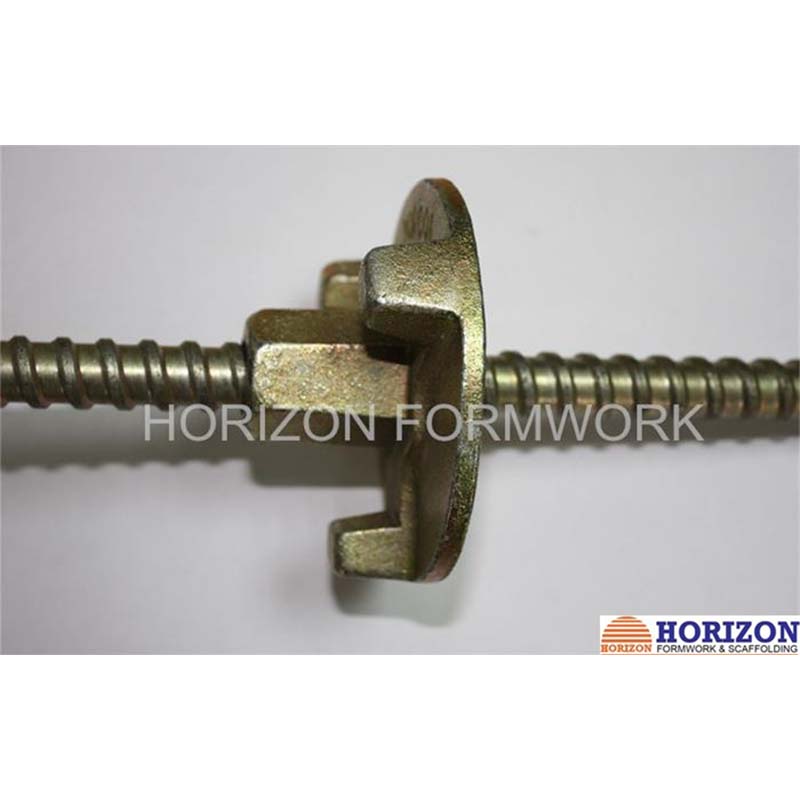Nov . 10, 2024 02:22 Back to list
Innovative Slab Formwork Solutions for Efficient Construction in China
Understanding China’s Slab Formwork Systems
In recent years, China has become a major player in the global construction industry, particularly in the realm of formwork systems. Among these, slab formwork systems have gained significant attention due to their efficiency, cost-effectiveness, and versatility in various construction projects. This article delves into the intricacies of slab formwork systems, their applications, benefits, and the advancements made in China’s construction sector.
What are Slab Formwork Systems?
Slab formwork systems are temporary structures erected to support wet concrete until it gains sufficient strength to support itself. They play a crucial role in the construction of flat surfaces, including floors, ceilings, and roofs. The choice of formwork system directly affects the speed, safety, and quality of the construction project. In China, various types of slab formwork systems are utilized, including traditional timber formwork, steel formwork, and newer lightweight aluminum options.
The Growing Demand in China
China’s rapid urbanization and expansion of infrastructure projects have led to an increased demand for efficient construction methods. Slab formwork systems have become popular solutions due to their ability to streamline the construction process. High-rise buildings, commercial complexes, and residential projects increasingly rely on these systems to deliver robust slabs while optimizing labor and material costs. Furthermore, China’s commitment to sustainable practices has fostered the development of eco-friendly formwork solutions.
Advantages of Slab Formwork Systems
1. Speed of Construction One of the primary advantages of slab formwork is the speed at which it can be assembled and dismantled. Modern systems are designed for rapid deployment, reducing construction time significantly and allowing projects to meet tight deadlines.
china slab formwork systems

2. Safety Safety is paramount in construction. Modular slab formwork systems are engineered with worker safety in mind, featuring secure platforms and a reduced risk of falls. This focus on safety not only protects workers but also minimizes project delays caused by accidents.
3. Cost-Effectiveness Leveraging advanced materials and designs, modern slab formwork systems facilitate efficient material usage, leading to reduced overall costs. Their reusability further enhances cost savings, as contractors can use the same system across multiple projects.
4. Quality and Precision Slab formwork systems contribute to improved quality and precision in construction. With standardized systems, contractors can achieve uniform slab thickness and eliminate errors associated with manual formwork.
Innovations and Technological Advancements
China’s construction industry is at the forefront of technological advancements in slab formwork systems. The integration of Building Information Modeling (BIM) has enabled contractors to design, visualize, and manage formwork efficiently. Additionally, the adoption of automated technologies, such as robotics for formwork assembly, is on the rise, further enhancing productivity.
Furthermore, innovative materials, such as fiber-reinforced polymers, are being explored to create lightweight and durable formwork options that can withstand the rigors of construction without compromising safety.
Conclusion
As China continues to evolve as a construction powerhouse, slab formwork systems represent a critical component of its industry’s growth and innovation trajectory. The ability to deliver projects quickly, safely, and cost-effectively makes these systems invaluable. With ongoing advancements in technology and materials, the future of slab formwork in China looks promising, embodying the nation’s commitment to modernizing its construction methodologies while addressing the challenges of urbanization and sustainability. For builders and developers in China, investing in slab formwork systems is not just a choice; it’s a strategic imperative for success in today’s competitive market.
-
High-Quality U Head Jack Scaffolding – Reliable Scaffolding Jack Head Manufacturer & Factory
NewsJul.08,2025
-
High-Quality I Beam H20 Leading Timber Beam H20 Material Factory, Exporters & Manufacturers
NewsJul.08,2025
-
High-Quality Powder Coating Steel Formwork - Durable & Corrosion Resistant Solutions
NewsJul.07,2025
-
Inclined Column Formwork Supplier – Durable & Precise Solutions for Unique Structures
NewsJul.07,2025
-
High-Quality Water Stop Solutions Trusted Water Stop Company & Suppliers
NewsJul.07,2025
-
High-Quality Formwork Material Supplier Reliable Manufacturer & Factory Solutions
NewsJul.06,2025